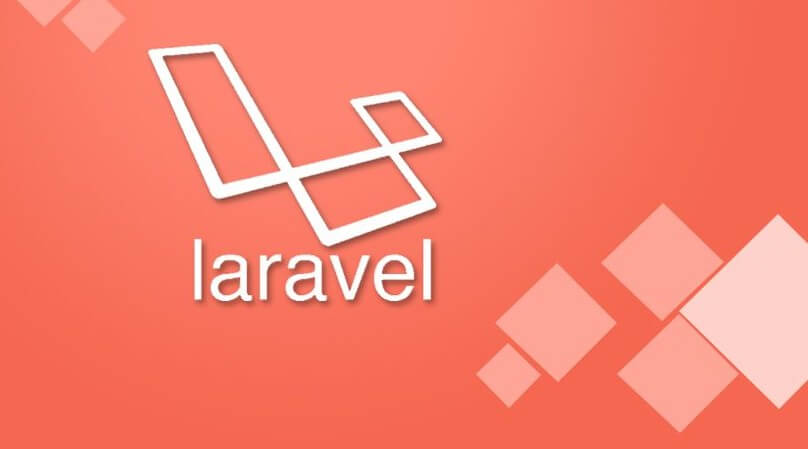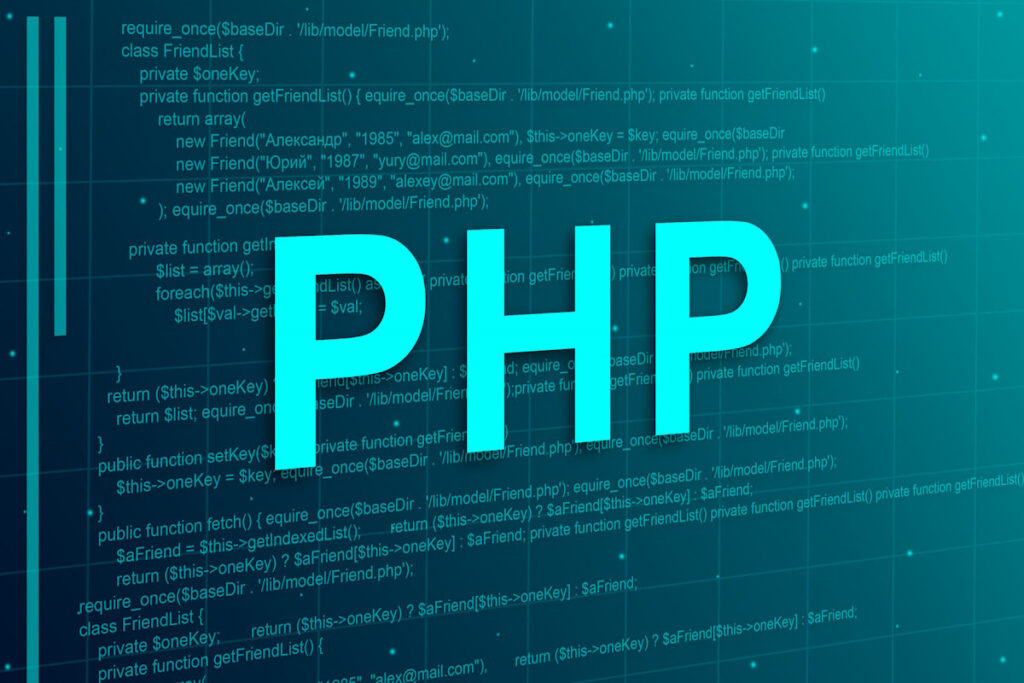
2024-05-28;
Unveiling the Mechanics of Laravel Development
Laravel development offers a streamlined and elegant approach to building modern web applications.
Introduction:
Laravel, a PHP framework known for its simplicity and elegance, has revolutionized web application development. Understanding how Laravel development works is essential for developers looking to leverage its powerful features effectively. In this SEO-friendly article, we'll unravel the mechanics of Laravel development, guiding you through the process step by step.
Understanding Laravel Development:
Laravel development operates on the principles of simplicity, efficiency, and elegance. It follows the Model-View-Controller (MVC) architectural pattern, which separates the application's logic, presentation, and data layers, promoting code organization and maintainability.
Step 1: Installation and Setup
The first step in Laravel development is installing the framework and setting up a development environment. Laravel provides a convenient installer called Composer, a dependency manager for PHP. Developers can create a new Laravel project by running a single command in the terminal, which sets up the necessary directory structure and configuration files.
Step 2: Creating Routes
Routes are used to define the URLs (Uniform Resource Locators) at which various parts of the application can be accessed. In Laravel, routes are defined in the "routes" directory within the project. Developers can specify routes for handling HTTP requests such as GET, POST, PUT, and DELETE, and map them to controller methods or anonymous functions.
Step 3: Creating Controllers
Controllers contain the application's logic and handle requests received from routes. In Laravel, controllers are typically stored in the "app/Http/Controllers" directory. Developers can create controllers using Artisan, Laravel's command-line interface, which generates boilerplate code for controller classes. Controllers contain methods corresponding to the routes defined in the application's routes file, where developers implement the necessary logic to process requests and return responses.
Step 4: Creating Views
Views contain the HTML markup and presentation logic of the application. In Laravel, views are stored in the "resources/views" directory. Developers can create Blade templates, Laravel's templating engine, to generate dynamic content and incorporate PHP logic within HTML files. Blade templates support features such as template inheritance, control structures, and data rendering, making it easy to create reusable and maintainable view layouts.
Step 5: Interacting with the Database
Laravel simplifies database interactions using its built-in ORM (Object-Relational Mapping) called Eloquent. Developers define database models to represent tables in the database and use Eloquent's fluent query builder to perform CRUD (Create, Read, Update, Delete) operations. Laravel supports multiple database management systems, including MySQL, PostgreSQL, SQLite, and SQL Server, out of the box.
Step 6: Handling Requests and Responses
In Laravel, the HTTP kernel acts as a central entry point for handling incoming HTTP requests and returning HTTP responses. Middleware, a series of HTTP middleware classes, intercepts incoming requests and responses, allowing developers to perform tasks such as authentication, authorization, and request preprocessing. Middleware provides a flexible and modular approach to handling HTTP traffic in Laravel applications.
Step 7: Testing and Debugging
Laravel encourages test-driven development (TDD) by providing robust testing utilities and conventions. Developers can write automated tests using PHPUnit, Laravel's built-in testing framework, to verify the correctness of their code and identify and fix bugs efficiently. Laravel also includes debugging tools such as Laravel Telescope, a debug assistant for monitoring and troubleshooting application performance and errors.
Conclusion:
In conclusion, Laravel development offers a streamlined and elegant approach to building modern web applications. By understanding the mechanics of Laravel development and following best practices, developers can leverage the framework's features to create scalable, maintainable, and feature-rich applications. Whether you're a beginner or an experienced developer, mastering Laravel opens doors to endless possibilities in the world of web development.


